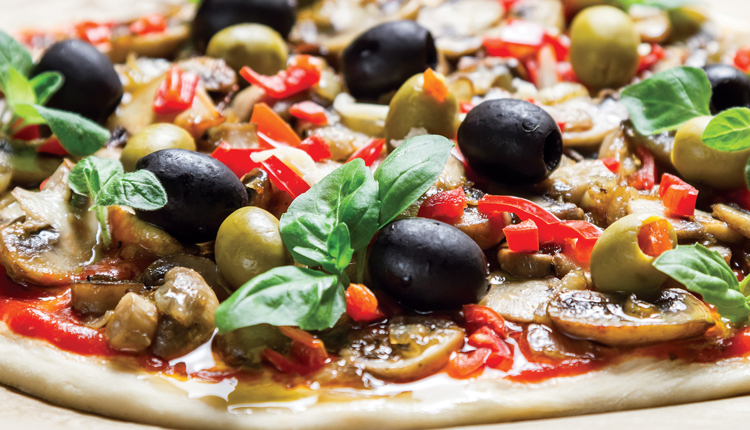The Health Pizzazz Of Pizzas
Traditional style pizza is a relatively simple food, made with flour, yeast, water, salt, oil, tomato sauce and fresh cheese. The nutrition and ingredients of pizza can vary widely depending on the type. What you put on your pizza can significantly impact its nutritional value. Toppings like pepperoni, sausage and extra cheese can boost saturated fat, sodium and calories, while slices made with thinner crusts and topped with veggies have lower calorie, saturated fat and sodium counts. When making homemade pizza, you can up the nutrient content by adding nutrient-dense vegetables or healthy protein sources like grilled chicken. And while the size of the slice and the number of slices you eat count, pizzas provide a number of wellness ingredients as well:
- Cooked tomatoes supply lycopene, a red antioxidant pigment that protects against hardening and furring up of the arteries as well as having beneficial effects on the male prostate gland.
- Garlic helps to lower blood pressure and may improve cholesterol balance as well as boosting immunity against infections.
- Oregano leaves, which give pizzas their Mediterranean flavour, contain one of the highest antioxidant levels of any kitchen herb, and also have natural antibacterial and antifungal actions.
Make your pizza dough with wholemeal flour, rather than processed white flour, use
low-fat cheese, and drizzle with olive oil.


Comments are closed.